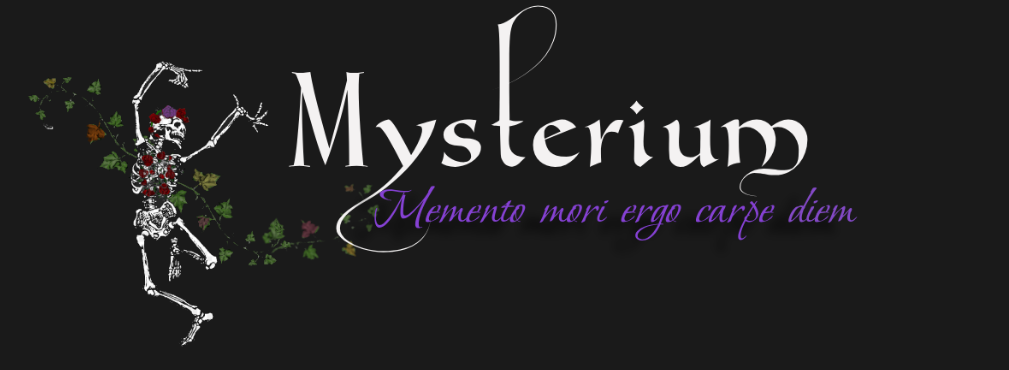The 1973 movie Soylent Green posits a catastrophically polluted and over-populated future society in which suicide is not only legal but encouraged and facilitated by the state. In the New York City of 2022 (according to this fictional timeline), there exist institutions where people can end their lives peacefully and beautifully.
In the full context of the movie’s storyline, the thanatorium turns out to be a pretty sinister place because – spoiler – the government is secretly recycling humans as food. But divorced from that sci-fi gimmick and considered as a model of aesthetic ritual and human agency, there are many worse ways to go than that depicted in this abridged clip, showing the final moments of Edward G. Robinson’s character Sol Roth:
This scene is afforded a special poignancy by the fact that Robinson was nearing the end of his own life, and died two weeks after filming Soylent Green.
If you’re interested in the topic of fictional thanatoria, I strongly recommend philosophy professor Matthew Burstein’s essay, “The Thanatoria of Soylent Green: On Reconciling the Good Life with the Good Death”, which appears in the anthology Bioethics at the Movies (2009). If you happen to be a subscriber to the Morbid Anatomy Patreon, you may also enjoy my own essay on this subject.

As per the daily news reports about the horrific suffering and predicted death of millions…by starvation and thirst, in Ethiopia and Somalia.
At the very least, wouldn’t it be better to provide those millions of wretched souls, the means by which they could take their own lives?
Perhaps some type of “Operation Thanatorium”, could be created for an option to assisted & compassionate…voluntary end of life methodologies.
The Covid 19 pandemic has already prepared humanity, with a variety of
ways to dispose of the bodies of deceased human beings.
We can find the resources to end the lives of our beloved companion animals when their time comes.
However, our fellow humans must writhe in agony, when they face the prolonged suffering of death by starvation and/or thirst.
Contesto…..No sería mejor que las grandes fortunas que tienen el emporio de los alimentos los distribuyeran???
@Lilian, la distribución de alimentos es lo ideal, y todos los países que son conocidos por su gran producción de alimentos deberían emprender una distribución unida o una distribución equitativa del exceso de producción a países donde los alimentos y el agua son severamente limitados; sin embargo, muchos de esos países, entre los que se encuentra Estados Unidos, están siendo ahogados en su producción de alimentos por acciones y marcos económicos impuestos por el Foro Económico Mundial y las Naciones Unidas. Eventualmente, incluso los países que solían producir una gran cantidad de alimentos se verán severamente limitados y verán los estantes de las tiendas vacíos cada vez más.
As I remember the film the background music was the 2nd movement of Beethoven’s Pastorale, not that wishy-washy choral background! That was the whole impact of the scene! If there is some copyright issue that prevents this, why do you not say so?
This edit (which is not mine) is the only one I could find that shows the “Going Home” ritual without being interrupted by the interstitial scenes of Charlton Heston’s character, which read as non sequiturs unless you know the story of the movie. I agree that the original soundtrack was more impactful.
Well, here we go. The belief that there is indeed an almighty creator with the rule of him and him alone having all rights to life and death. With death by one’s self being ruled a no,no. So, no getting out on your own, no short cuts to end suffering. Now what? Wouldn’t the most profound atheist be shocked, surprised, after having lived the life, then ended it by suicide, only to find out the hard way that there is a heaven and he’ll, and that there was a way out of eternal damnation